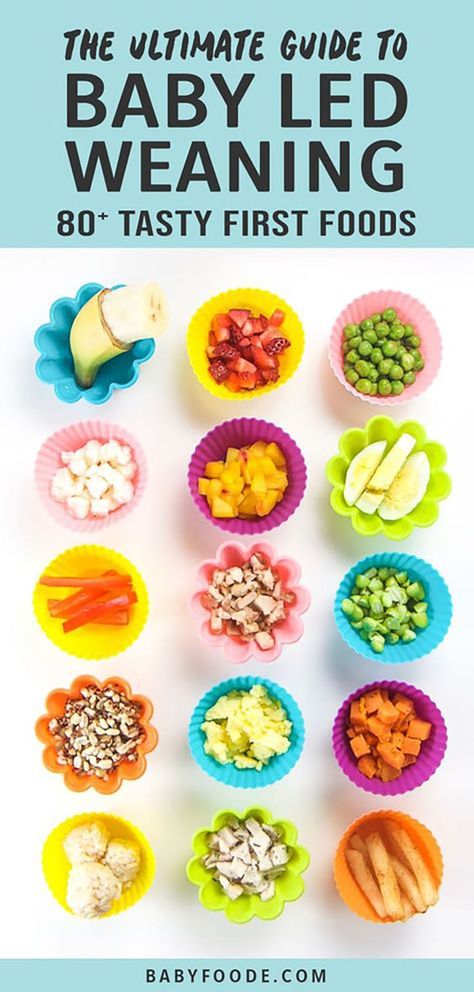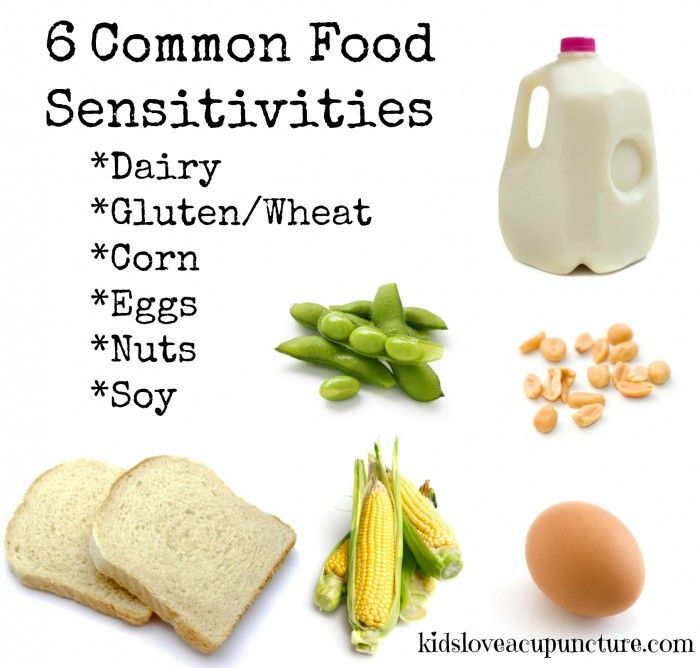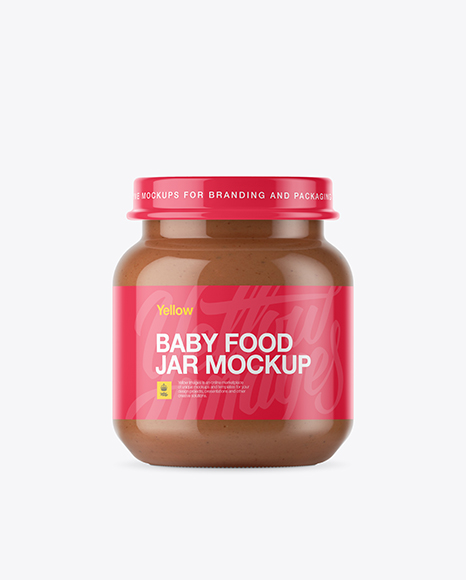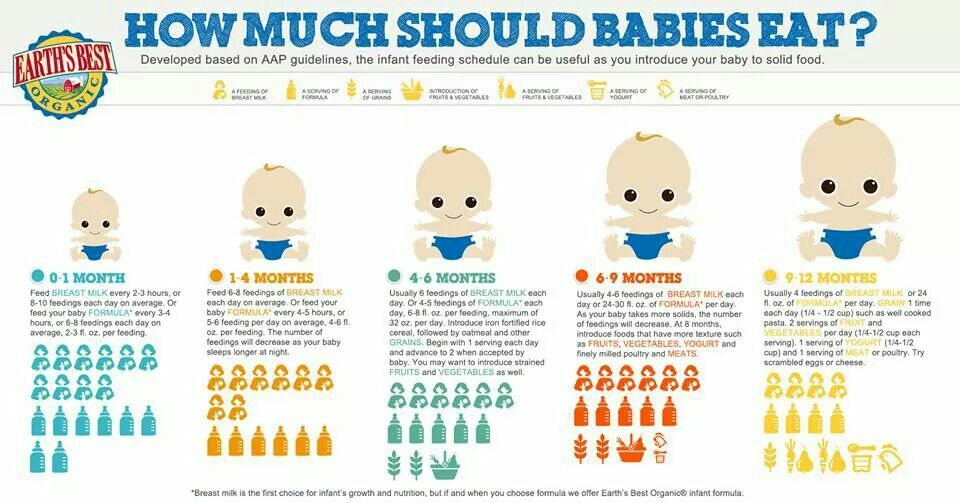How to cut food for baby led weaning
How to Cut Food for Babies and Toddlers
It’s possible to make it easier for kids to eat the food we offer them simply by making sure it’s cut into appropriate sizes. This can help reduce frustration, picky eating, and food waste—and the potential for choking risks. This post has all of my best tips for how to cut food for babies and toddlers!
How to Cut Food for Babies and Toddlers
Food can be slippery and hard to pick up. It can be chewy, tough, sticky, or a whole host of other textures. It can help to greatly reduce frustration at mealtimes if you consider a few basic tips when cutting food for kids. The principals of this are really straight forward, but I’m going to share a lot of visuals since I know the real life practice of this can get confusing!
How to cut food for little kids changes as they progress through the stages of learning to eat, so remember that this is a process.
Your toddler won’t eat? Help is here!
Sign up for our email updates to get tips and ideas sent to your inbox.
Email *
Website
How to Cut Food for Baby Led Weaning
If you’re starting solids with the Baby Led Weaning style, you’ll want to make sure that the food is soft (it should easily squish between your fingers) and be cut at least the size of your finger. This will help ensure that baby can easily pick it up, yet be unable to put the entire piece into her mouth.
TIP: Find my Ultimate Guide to Baby Led Weaning here.
Tips for Cutting Up Finger Foods for Babies
When babies are about 9 months old, they develop the “pincer grasp”, or the ability to pick up smaller pieces between two fingers. At this age, you can start to serve very soft, squishable finger foods that are about the size of a pea or two.
TIP: Find my full list of Early Finger Foods for Babies here.
Progression of how to serve raw veggies for kidsHow to Serve Raw Veggies to Toddlers
Offering raw veggies to kids can be challenging since many are hard and take a lot of work to chew.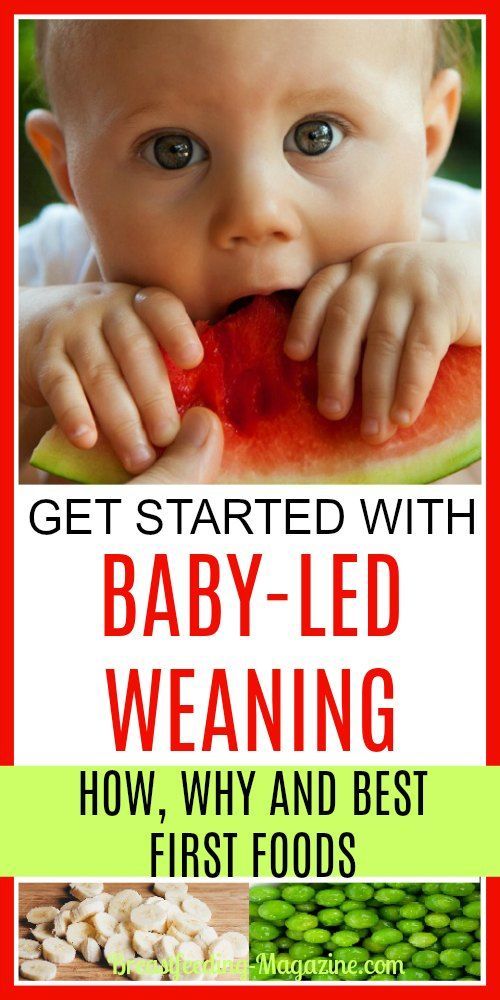 And big chunks of raw veggies like carrots can be choking hazards. To stay safe and give the kids a chance to practice with the new textures, try:
And big chunks of raw veggies like carrots can be choking hazards. To stay safe and give the kids a chance to practice with the new textures, try:
- 12/14 months: Start with shredded raw veggies like carrots, cucumbers, bell pepper, and lettuce. (You can soften the carrots for a few minutes in very hot water if desired.)
- 16/18 months: Proceed to very, very thin slices (paper thin!).
- 20/24 months: Gradually offer slightly thicker pieces around, but they should still be thin and less than 1/4-inch thick.
- 2 years: Try offering small diced pieces of bell pepper and cucumber, though some kids may still do better with larger, thin pieces.
- 4+ years: Kids may be able to safely chew a big piece of raw carrot or a whole baby carrot. (This is a really tough texture, so try to avoid it for a while.)
How to Cut Sandwiches for Kids
Bread can be a challenging texture for kids, especially when there are other textures in the middle of a sandwich. Progressing through a few phases can make this easier and help avoid frustration.
Progressing through a few phases can make this easier and help avoid frustration.
- 6+ month: Serve lightly toasted finger-size or larger pieces of bread for baby to gnaw on.
- 9+ months: Dice bread into very small pieces. Moisten it with apple butter, baby food puree, or another moist spread as needed to help baby move it around in their mouths.
- 14/16 months: Stick pieces are great for this age to help kids practice taking bites.
- 20/22 months: Sandwich quarters are a great size for one year olds and are a nice size for little hands to hold.
TIP: Find my favorite Kid’s Sandwiches here.
How to Serve Apples to Babies and Toddlers
Start with applesauce and Roasted Apples for babies, then shredded apple to thin matchsticks to very thin slices through the one year old year.
How to Serve Bananas to Babies and Toddlers
Start with a BLW-style banana (leave a little of the skin on to act as a less slippery handle) and Banana Puree, then move to small pieces around 9 months, and larger pieces around 16 months. Kids may also be able to bite whole bananas after 12 months since they are so soft.
Kids may also be able to bite whole bananas after 12 months since they are so soft.
How to Serve Broccoli to Babies and Toddlers
Start with Mashed Potatoes with Broccoli or a big BLW-style piece, then move to smaller very tender pieces around 9 months, and gradually increase the size through the one year old year.
With all of these, you want the florets to be very soft so they are easy to chew.
Fork making “bite marks” in pearHow to Help Kids Learn to Take Bites
It’s common for one year olds to stuff a lot of food into their mouths at once, so we sometimes need to be very deliberate about teaching them to take bites. You can use a fork to make a “bite mark” so they can see where to try to put their teeth. You can also give them larger pieces of food that they physically wouldn’t be able to fit into their mouths so they sort of have to take a bite.
Sit with the kids during meals, if you can, and show them how you take bites. This is a normal phase and kids usually get the hang of it if we give them time to learn and practice.
Best Tips for Cutting Food for Kids
- Start with finger-size pieces at 6+ months for baby led weaning.
- Transition to pea (or two peas) size pieces around 9 months when kids can pick up smaller pieces between their fingers.
- Offer larger pieces so they can practice taking bites around 16/18 months.
- For raw veggies and hard fruits (like apples), start with shreds, then matchsticks, and paper thin pieces.
- Save baby carrots and other very hard raw veggies until age 4+.
- Find my favorite baby First Finger Foods.
- Find my go-to toddler Finger Foods.
- Learn more about Serving Nuts to Kids.
- Brush up on the common choking hazards and how to reduce the risk.
Related Recipes
I’d love to know if you have any questions on this or feedback, so please comment below!
This post was first published March 2021.
How to Cut Foods for Baby-Led Weaning
You’ve probably seen photos online of babies practicing baby-led weaning, chomping down on a whole carrot or grasping raw apple slices.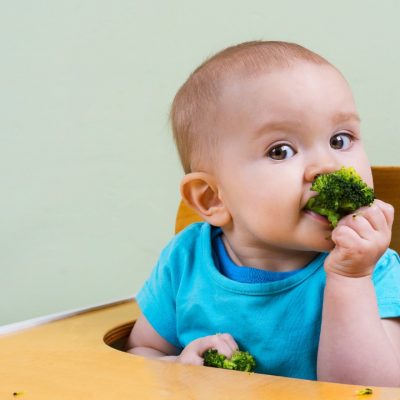 But, is this safe?
But, is this safe?
In the case of the raw carrot and apples, nope. But, baby-led weaning certainly can be safe, if you know how to cut and cook foods properly.
Baby-led weaning, or baby-led feeding as I prefer to call it, means that babies feed themselves finger foods as soon as they start solids. But it isn’t anything goes. Here’s how to make sure that the foods you give your baby are safe and easy-to-eat for your baby’s developmental capabilities. Because if your baby can’t pick up the food, then she can’t actually eat it!
And these guidelines work for any finger foods, even if your baby is still eating some purées (which is just fine, by the way!).
Size and Shape
At around 6 months — Most babies just starting solids haven’t developed their pincer grasp (thumb and forefinger) yet. So to pick up foods they grasp them with their whole palm. Since you want your baby to still access the food while it’s in her palm, it’s best to cut food into long, thin sticks.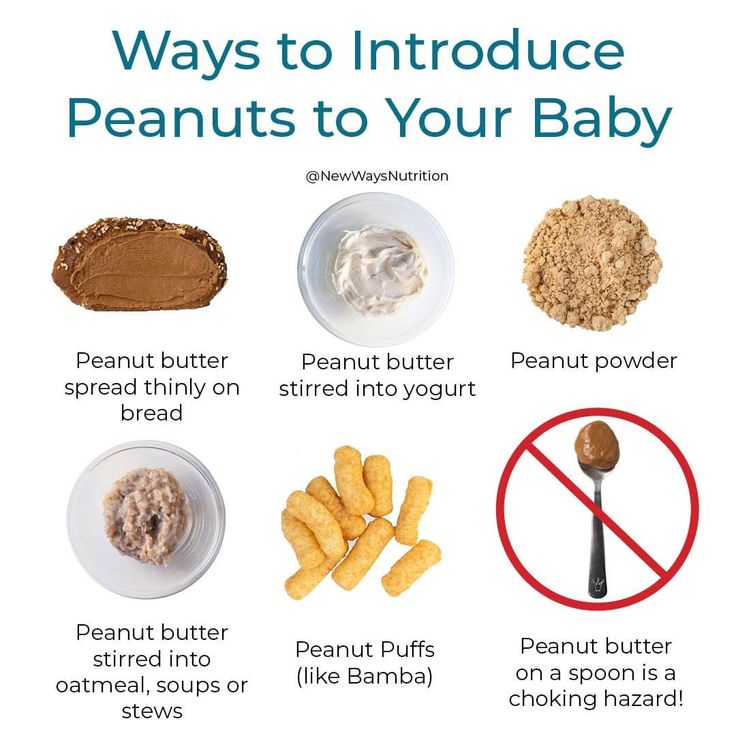 Think about the length and width of your pinky finger, and check out the photo above from Baby-Led Feeding for some ideas.
Think about the length and width of your pinky finger, and check out the photo above from Baby-Led Feeding for some ideas.
Other than choking hazards and honey (which you should never give to a baby under age 1), most foods are fair game at this age, including meat, poultry, cheese (shredded), and allergens like eggs, nuts (never whole, but a little smooth nut butter stirred into a purée or spread on toast), and fish.
Toasts are another excellent vehicle for introducing new foods and flavors. Because while we don’t want foods to be too hard (see below), we also don’t want them to be too soft and gummy. Commercial bread can be difficult to pick up and can turn into a ball of mush in a baby’s mouth. But, lightly toasted bread is ideal for self-feeding. Here are 15 of my favorite toast toppings for babies.
And remember that much of eating at this early stage is about your baby exploring–touching, smelling, and yes, tasting. But don’t be alarmed if it seems like little of the food is actually making it into her tummy. Self-feeding takes a lot of eye-hand coordination, and that’s an ability your baby is still developing.
Self-feeding takes a lot of eye-hand coordination, and that’s an ability your baby is still developing.
At around 8-10 months — When babies develop their pincer grasp start cutting foods into small pieces, about chickpea-sized. And for small round foods like chickpeas or blueberries, smash them lightly before serving. It’s great for babies at this age to practice their pincer grasp, but it’s also A-OK to continue serving food in sticks like you did when he was younger. The photo above is also from Baby-Led Feeding.
Some of my other favorite single-ingredient foods at this stage include chopped hard-cooked eggs and small pasta shapes.
This is also a good time to begin offering your baby a spoon along with thick soups or mashes. It will take practice for her to get the hang of eating with the spoon, but you can pre-load the utensil to start, and of course, practice makes perfect.
Texture
At all ages, foods should be soft enough that you can smash them with gentle pressure between your thumb and forefinger.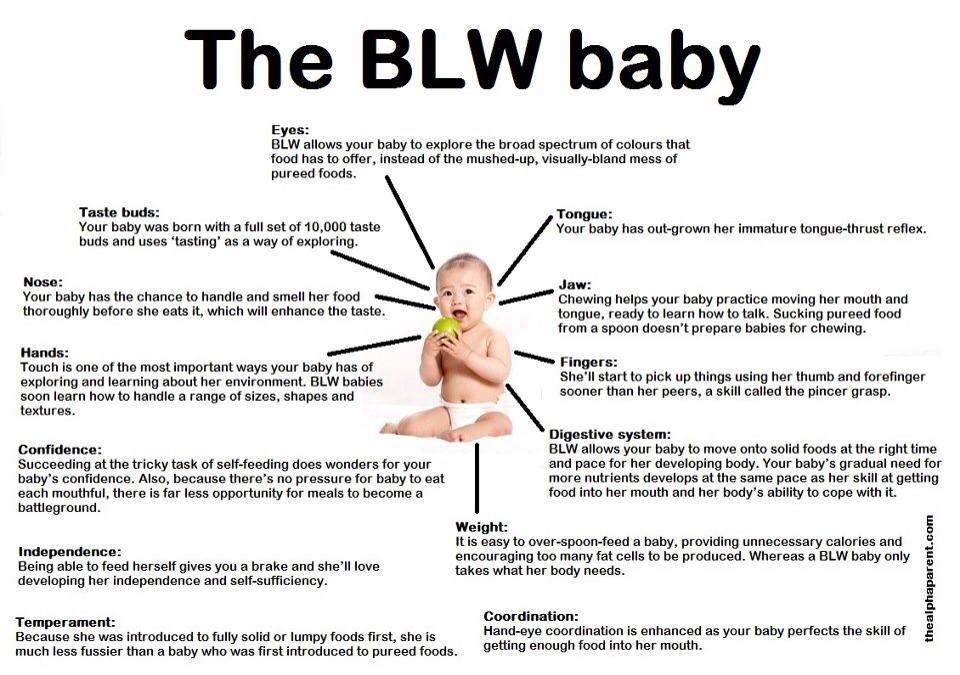 This means no raw carrots, apples, nuts, or tough chunks of meat. For vegetables, this usually means steaming them, roasting them, or cooking them in an Instant Pot. Meat should also be very, very tender. Here’s my guide to cooking meat for babies.
This means no raw carrots, apples, nuts, or tough chunks of meat. For vegetables, this usually means steaming them, roasting them, or cooking them in an Instant Pot. Meat should also be very, very tender. Here’s my guide to cooking meat for babies.
Remember, to err on the side of caution with baby-led feeding and always stay with your baby while she’s eating. Then enjoy the show!
Looking for more baby-led weaning ideas and family feeding tips? Sign up for my newsletter! As a thank you, I’ll send you three of my favorite healthy smoothie recipes for the whole family. I look forward to being in touch!
Photos by Lauren Volo.
Jenna Helwig
[email protected]Regular weaning
Reviewer Kovtun Tatiana Anatolievna September 15, 2021
62809 views
Sooner or later, the time comes when it's time to wean the baby from the breast.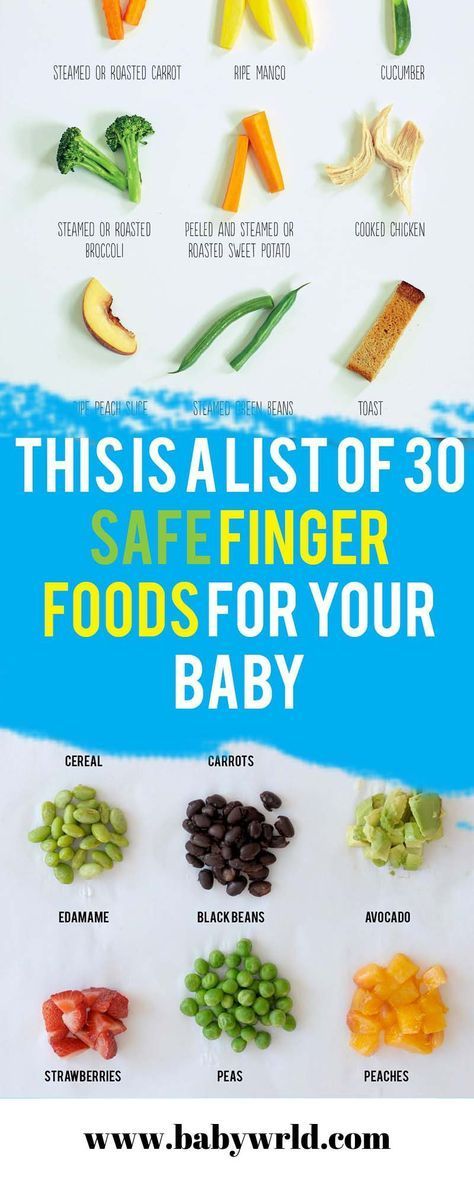 And it doesn’t matter whether this happens when the child is already more than a year old or even two years old, the involution just began, or, for medical and other reasons, breastfeeding (HB) has to be curtailed at an earlier age of the baby. The most important thing is to do everything right.
And it doesn’t matter whether this happens when the child is already more than a year old or even two years old, the involution just began, or, for medical and other reasons, breastfeeding (HB) has to be curtailed at an earlier age of the baby. The most important thing is to do everything right.
How? We will tell you now.
First and foremost rule: Weaning must be gradual!
Previously, it was customary to curtail breastfeeding in a very simple way: the child was given to the grandmother for a week, and he returned to his mother already weaned. At least that's what the legends say. In fact, this method is dangerous for both mom and baby.
Mom can earn lactostasis and, as a result, mastitis, and the baby gets into a strong stressful situation and for him this is indeed a trauma for life. Not only was the chest taken away, but also the main person in life disappeared somewhere and left him.
An easy way to stop feeding after a nap is to get out of bed a little earlier than the baby.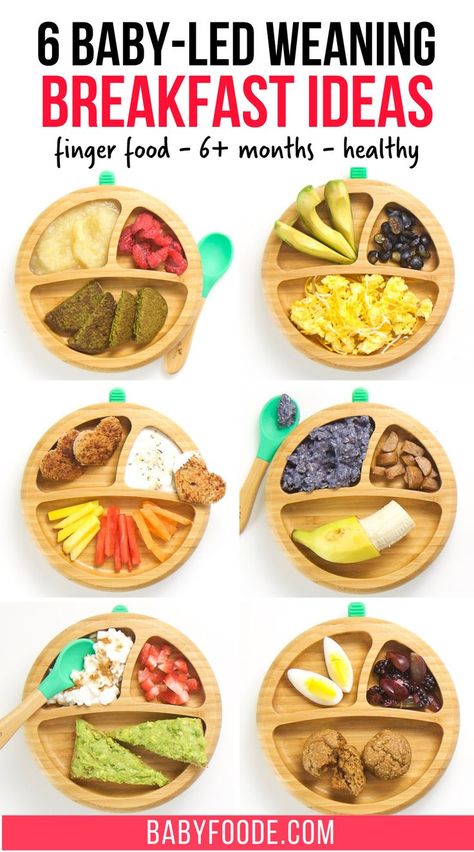 And when he wakes up, instead of the chest, invite him to hug, fly on an "airplane" or just cuddle.
And when he wakes up, instead of the chest, invite him to hug, fly on an "airplane" or just cuddle.
Rule two: You must not wean your baby from the breast when he is sick or just starting to recover.
Mom's milk is medicine. Breast milk contains immunoglobulins and antibodies that help the baby's immunity to overcome the disease. This time. During an illness, a drinking regimen is very important for a child - breast milk is the best option. This is two. During illness, babies often act up. Breastfeeding is the easiest and most natural way to soothe your baby. It's three.
Rule three: No deadlines!
Even if you are a perfectionist to the core and plan everything in advance, in the case of weaning, this number will not work. You can expect to meet within a month, but the child may need more time. As a result, someone will be dissatisfied. It shouldn't be like that.
Rule four: Weaning and stress are incompatible!
If the child has to go to kindergarten, the family has to move or the birth of a second (third) child, weaning is shifted indefinitely.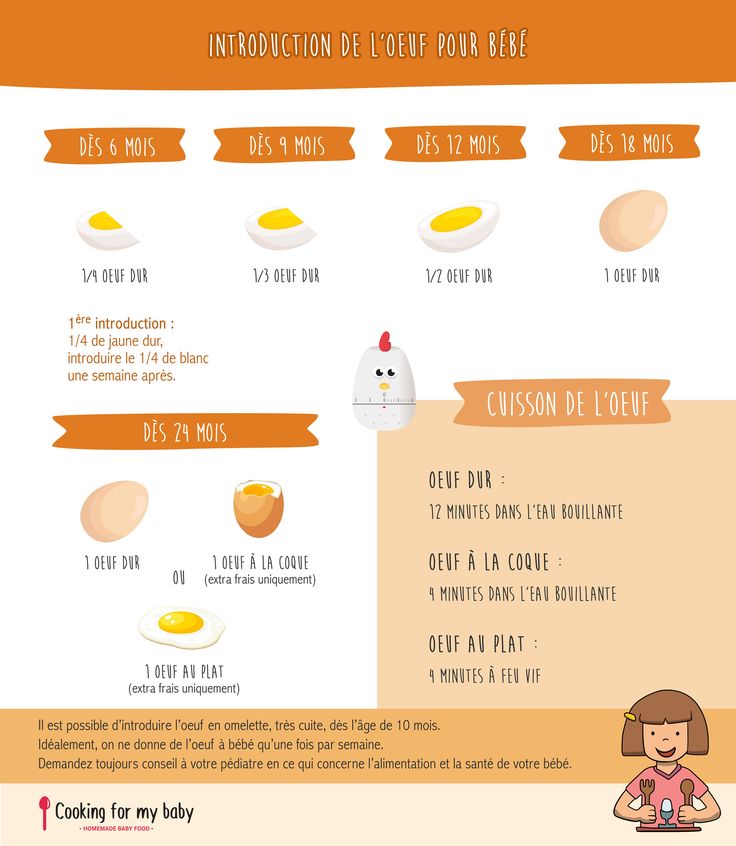 For a baby, mother's breast is not only food and drink, it is also a sense of security. And if there is too much incomprehensible going on in the world around him, it is necessary to leave him this piece of calm.
For a baby, mother's breast is not only food and drink, it is also a sense of security. And if there is too much incomprehensible going on in the world around him, it is necessary to leave him this piece of calm.
Previously, a nursing mother was often advised to wean her breasts by smearing her nipples with mustard, brilliant green, etc., so that the child himself would refuse it. This is dangerous both for mother's health and for the health of the baby, both for the physical (burn of the oral mucosa and even the esophagus), and for the psychological, because the mother's breast is the personification of calmness and confidence.
Fifth rule: First we remove unimportant feedings for the baby.
Often, mothers try to get rid of night feedings, which are often especially difficult. But for a child, they are very important and it will be very difficult for him to refuse them. But it is much easier to refuse daytime intermediate feedings without being tied to sleep. Especially if mom finds something to replace them with: hugs, reading books, playing puzzles, hide and seek, etc.
Especially if mom finds something to replace them with: hugs, reading books, playing puzzles, hide and seek, etc.
Trying to replace nighttime feedings with a bottle of milk or sweetened water can lead to cavities and other problems. If you refuse night feedings, replace them for your baby with drinking ordinary plain water, preferably from a cup.
Rule six: No drugs unless recommended by a doctor!
Even if there is no milk in the breast, this does not mean that the baby will not ask for it. After a year, children need breastfeeding not so much for milk, but for bodily and emotional contact with their mother. If the baby sucks on an empty breast, the mother experiences sensations that are not very pleasant.
Rule seven: Consensual excommunication.
This is perhaps one of the most important rules. Even if you are doing everything right, but you notice that the child has begun to sleep worse, is more naughty, asks for pens more often, etc. - this may be a sign that the weaning pace you have chosen is not suitable for him. Everything happens too fast for him. Slow down, for two or three days they won’t do the weather for you, and the baby will be given a basic level of trust in the world and you.
- this may be a sign that the weaning pace you have chosen is not suitable for him. Everything happens too fast for him. Slow down, for two or three days they won’t do the weather for you, and the baby will be given a basic level of trust in the world and you.
The hardest part about weaning is the feeling that it will never end. But this is the wrong approach to the process. Breastfeeding is a wonderful milestone in the mother-baby relationship and they need to enjoy and enjoy it, gradually learning new ways of communicating and teaching the baby to enjoy the mother outside of the context of the breast. Believe me, the moment will come when you will fondly remember all those moments of intimacy with the baby when you sat with him in a rocking chair and breastfed him. Do not push the child, and he will let you go earlier.
Remember that all children and all mothers are different. It is impossible to come up with a single recipe and scenario for weaning for everyone. One baby himself refuses the breast, for another it will be a long and difficult process. But at the same time, mom needs to adhere to the basic rules.
One baby himself refuses the breast, for another it will be a long and difficult process. But at the same time, mom needs to adhere to the basic rules.
Reviewer Kovtun Tatiana Anatolievna
Scientific adviser to JSC PROGRESS, candidate of medical sciences
All expert articles
How to stop breastfeeding | Philips Avent
Search Support IconSearch Keywords
Home ›› How to end breastfeeding comfortably for mom and baby
Home ›› How to end breastfeeding comfortably for mom and baby
↑ 0 Weaning is an important decision for both mother and baby, and the decision is entirely up to them.
When and how to stop breastfeeding? Like all good things, breastfeeding eventually comes to an end.
 When the mother and baby are ready to start weaning, there are a few tips and techniques to help make the transition a positive one.
When the mother and baby are ready to start weaning, there are a few tips and techniques to help make the transition a positive one. 3 Philips Avent products to support you when you stop breastfeeding:
When should I start weaning my baby?
There is no definite and correct period for weaning a child. The mother-child relationship is different for everyone, and weaning is a purely personal decision for mother and baby, which they make when both are ready.
The World Health Organization (WHO) recommends exclusive breastfeeding for infants up to six months of age. Until a child reaches the age of one year, both solid food and breast milk must be present in his diet. If the baby is weaned before he is one year old, adapted infant formula can be fed instead of breast milk. If a baby is stopped breastfeeding at one year of age or older, infant formula milk products can be given instead. While the recommendations are, many mothers stop breastfeeding before their babies are 12 months old, and others breastfeed for up to two years or longer. The second option is called extended breastfeeding, and it's a completely healthy choice for mothers and babies who want to continue breastfeeding.
The second option is called extended breastfeeding, and it's a completely healthy choice for mothers and babies who want to continue breastfeeding.
Signs that a baby is ready to wean
Mothers often wonder how to stop breastfeeding, because babies rarely just stop suckling. Weaning a baby from the breast is usually a gradual process for both the mother and the baby.
There are several signs that will let you know that the baby is ready to start weaning:
- disinterest or fussiness during feeding;
- reducing the duration of feedings;
- baby is easily distracted while feeding;
- the child plays while suckling, eg pulling or biting the breast;
- baby suckles lightly but does not extract milk.
How do I wean a baby?
When mom and baby decide it's time to stop breastfeeding, there are a few things to keep in mind to make the transition smoother.
Here are our tips for weaning your baby when the time is right:
1. Wean gradually. When you decide to wean a baby, remember the main thing: do it gradually. This is necessary so that both mother and baby can adapt to physical and emotional changes. In addition, the gradual cessation of breastfeeding helps mothers avoid problems such as engorgement and general breast discomfort.
2. Express milk. To prevent breast engorgement when breastfeeding is stopped, the mother may need to express her milk, especially if the baby is less than a year old. One way to reduce and gradually stop breast milk production is to express less and less milk so that less milk is produced. Since pumping stimulates the flow of milk, it is important to use the pump for a shorter time than the duration of feeding the baby. Gradually, milk production will decrease and eventually stop completely.
Check out the Natural Motion Electronic Breast Pump, which combines nipple stimulation and pumping like a baby does for natural and gentle pumping.
3. Reduce the number of daily feedings by one every week. We recommend eliminating one of the daily feedings each week, such as feeding at noon or at another time, depending on which one the child likes the least. The latter, as a rule, exclude feeding before bedtime and immediately after waking up.
During the weaning period, the mother's breasts will continue to produce milk until she completely stops breastfeeding.
During this period, mums will love these soft bra pads to keep their clothes dry and clean all day long.
Check out this Natural bottle with an ultra-soft, breast-like nipple to help ease your baby's transition from breast to bottle.
4. Extra hugs may be needed. In addition to the physical changes that stopping breastfeeding brings, moms and babies will also experience emotional changes. During this period, you should hug the baby more often and express your love to him. Caress and other acts of love can help mother and baby retain the closeness and togetherness that breastfeeding has given them.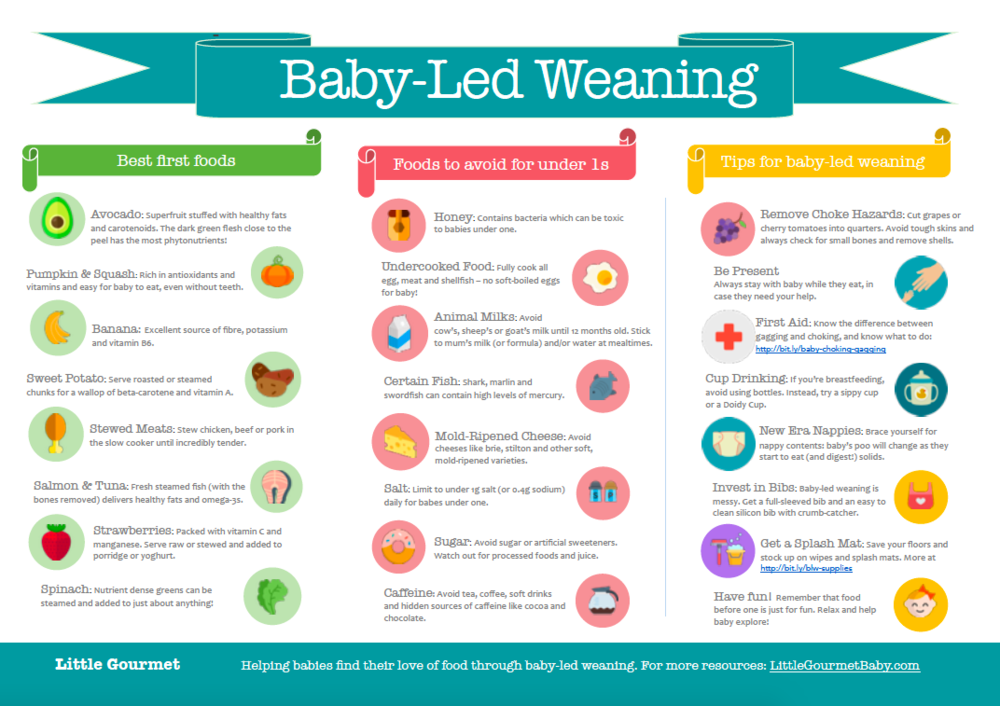
5. Introduce complementary foods at your baby's usual feeding times. Another way to help your baby adjust to change is to give him complementary foods at his usual feeding times. Babies who are a year old or older can substitute cow's milk for breast milk or offer other foods if the baby has already switched to solid foods.
We also recommend watching the webinar "How to End Breastfeeding Comfortably and Painlessly: Tips and Tricks".
Although weaning is the natural end to breastfeeding, it is at this stage that a mother makes a huge difference in her baby's life. Along with a new sense of pride in a child who is growing and developing, it is quite natural for a mother to feel sadness. Breastfeeding creates a special bond between mother and baby. Therefore, breastfeeding mothers often find it difficult to say goodbye to breastfeeding.
If you have any questions, be sure to contact a specialist to get his opinion.
Philips Avent Articles & Tips
Baby+ App
Download the app and track your baby's development and growth with trackers and keep those special moments forever.